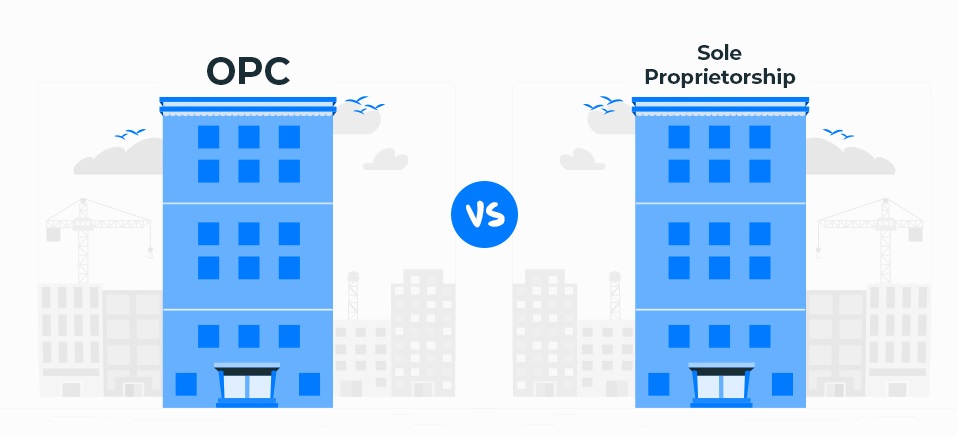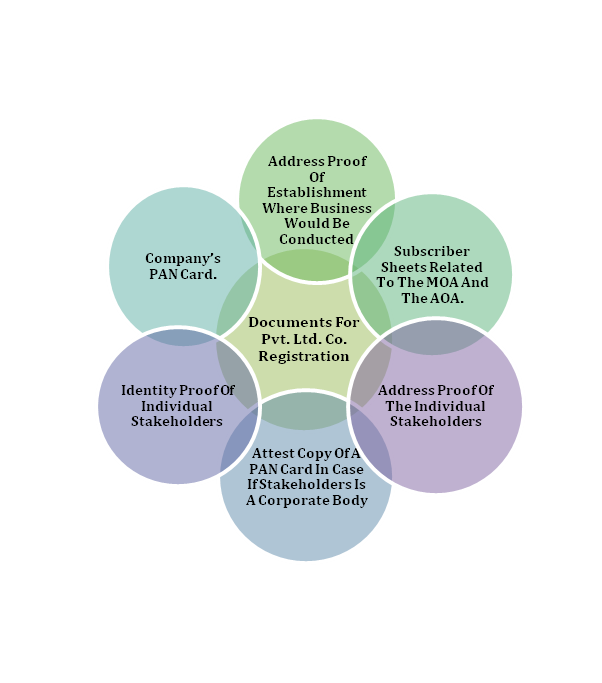Can a private limited company be a proprietor?
Private Limited Company No, a private limited company cannot be a proprietor. The term “proprietor” typically refers to an individual who owns and operates a business as a sole proprietorship. On the other hand, a Pvt Ltd Co. is a distinct legal entity separate from its owners. It is formed by incorporating under the… Read More »









